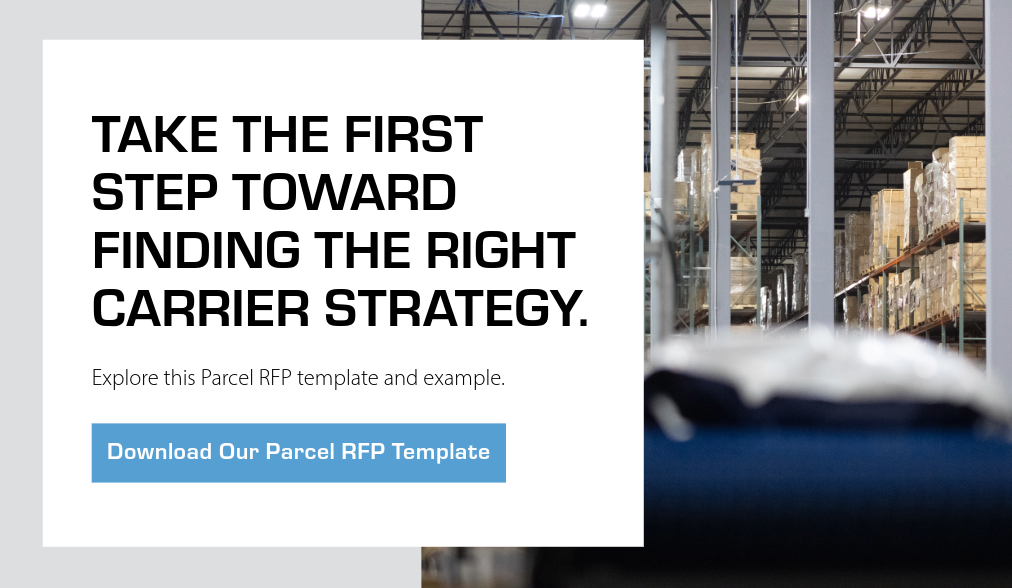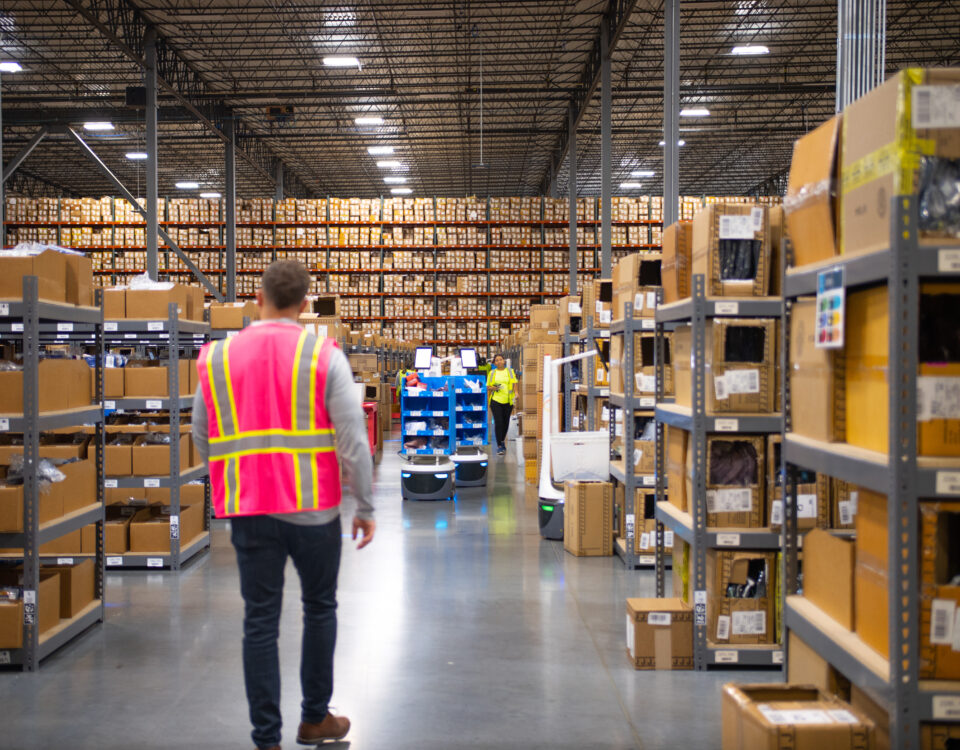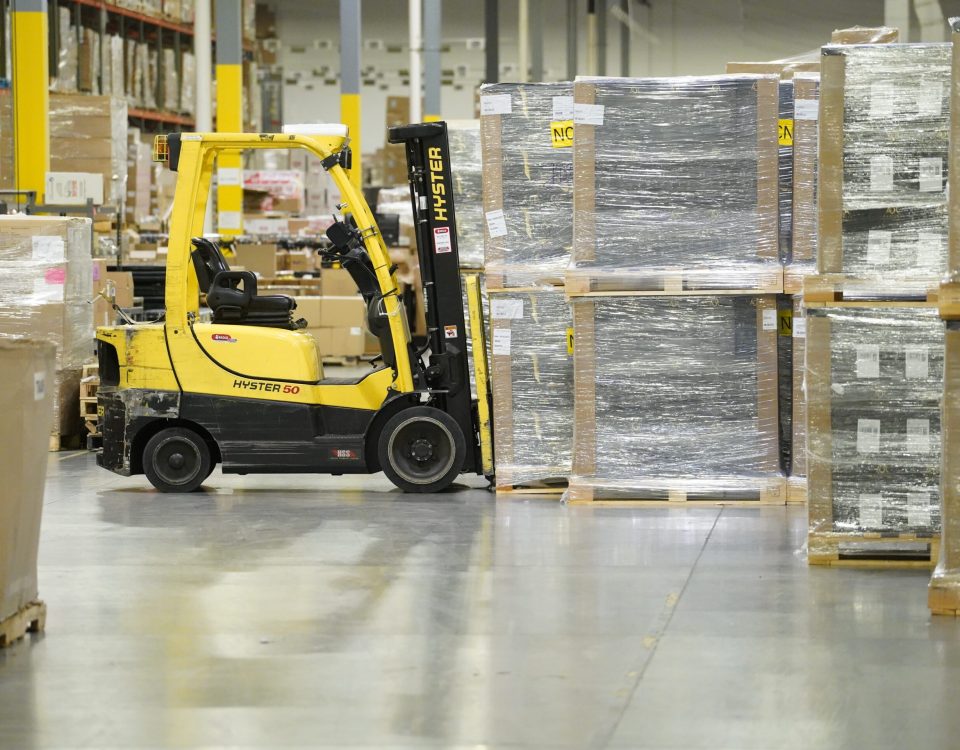Once you’ve mastered the basics of parcel shipping, it’s time to take your strategy to the next level.
The stakes are higher for growing businesses—rising costs, increasing complexities, and expanding customer expectations require a sharper focus on efficiency and scalability.
This blog dives into advanced techniques that will help you optimize parcel shipping to control costs, leverage technology, and explore new opportunities like international shipping. It’s about turning parcel shipping from a necessary expense into a competitive advantage.
The Hidden Costs of Parcel Shipping—& How to Manage Them
For most businesses, shipping costs start with the obvious: weight and distance. But lurking in the details are surcharges and dimensional weight (DIM) fees that quietly erode your margins. These hidden costs aren’t just line items—they’re barriers to profitability.
To manage them, you first need to know what’s driving up your costs:
- Surcharges: Carriers like UPS and FedEx impose additional fees for fuel, residential deliveries, delivery area zones, and handling. Delivery area surcharges alone impact 20% of the country. USPS often applies fewer surcharges, but depending on your shipment type, these fees can add up quickly. Learn more about the specifics in the 2024 Parcel Surcharge Guide.
- Dimensional Weight (DIM): Carriers calculate DIM weight based on package size rather than weight. Large, lightweight shipments are particularly vulnerable, as they’re charged for the space they occupy rather than their actual weight. The divisor used in this calculation varies by carrier, which can further impact costs.
Understanding these fees is only the beginning. The real value comes from implementing strategies to reduce their impact:
- Optimize Packaging: Using right-sized or custom-fit boxes minimizes wasted space and reduces DIM weight fees. This approach also lowers the risk of triggering additional handling surcharges.
- Negotiate with Carriers: Work with carriers to secure better DIM divisors and reduced surcharge rates for handling, fuel, or delivery areas.
- Leverage Cost-Effective Carriers: USPS and mail consolidators often impose fewer surcharges and provide better cost-efficiency for lightweight shipments.
By addressing these hidden costs, you’ll not only protect your profit margins but also lay the groundwork for a more sophisticated shipping strategy—one that includes carrier diversification for even greater cost savings.
Why Sticking to One Carrier Costs You More—& What to Do Instead
When you’re managing a growing operation, the simplicity of sticking with a single carrier can be tempting. But the truth is, relying on one provider often leads to overpaying and missed opportunities for better service. Carriers have different strengths, and failing to leverage those strengths limits your ability to balance cost and service quality.
Diversifying your carrier strategy allows you to optimize parcel shipping methods that meet your specific needs. Here’s how to make diversification work:
- Lightweight Shipments: USPS and mail consolidators like DHL eCommerce excel in low-cost solutions for small, light packages.
- Heavier Shipments: Larger parcels benefit from carriers like UPS or FedEx, which often provide discounts for higher weight tiers or large volumes.
Transitioning to a multi-carrier approach doesn’t have to be overwhelming. Multi-carrier manifesting software enables real-time rate shopping, ensuring you always select the most cost-effective carrier. By automating carrier selection with pre-set rules—like weight thresholds or delivery zones—you can simplify decision-making and eliminate costly guesswork.
With a diversified strategy in place, your shipping becomes more adaptable and cost-efficient. This also prepares you to take advantage of advanced shipping tools that streamline these processes even further, helping you scale without adding complexity.
How Technology Streamlines Parcel Shipping
Shipping operations grow increasingly complex as your business scales. Without technology, managing rates, tracking packages, and ensuring on-time deliveries becomes a logistical nightmare. Advanced shipping tools are no longer optional—they’re essential for businesses seeking efficiency and scalability.
Here’s what the right technology can do for you:
- Real-Time Rate Shopping: Instantly compare carrier rates and transit times to ensure every shipment uses the most cost-effective option.
- Automated Carrier Selection: Set parameters like weight, destination, and speed, allowing the system to choose the best carrier for each package.
- Enhanced Scalability: Whether you’re shipping 50 packages or 50,000, technology ensures your operations remain efficient without adding complexity.
By implementing these tools, you’re not just saving time—you’ll optimize parcel shipping and free up your team to focus on strategic growth initiatives. Technology also creates a seamless foundation for expanding your reach into international markets, where automation becomes even more critical.
The Key to Expanding International Shipping Without the Hassle
Expanding internationally can feel overwhelming. Between navigating customs, managing duties, and ensuring timely deliveries, there’s a lot at stake. But international shipping doesn’t have to be daunting if you start with a focused, strategic approach.
Here’s how to expand globally with confidence:
- Start with Reliable Markets: Canada, Australia, and Western Europe offer strong postal infrastructures and predictable customs processes, making them ideal for initial international efforts.
- Simplify Duties and Taxes: Prepaying duties (Delivered Duty Paid, or DDP) eliminates surprises for customers, creating a seamless experience. Delivered Duty Unpaid (DDU), where customers pay upon delivery, can work for lower-value shipments.
- Leverage Automation: Shopping cart plugins can calculate duties and taxes at checkout, ensuring transparency for customers and fewer logistical headaches.
By using automation tools and starting with reliable markets, you can minimize risks while learning the nuances of international logistics. These lessons will serve you well as you scale into more complex or less predictable regions. Once your international operations are running smoothly, it’s crucial to evaluate and renegotiate carrier rates to maintain profitability as volumes grow.
When to Renegotiate Carrier Rates—and How to Do It Right
Carrier rates increase every year, but that doesn’t mean you have to accept rising costs without question. Regular renegotiation ensures your shipping strategy remains competitive and cost-effective.
Here’s how to approach it:
- Audit Your Shipping Data: Analyze average weights, zones, and volumes to understand your leverage. The more data you bring to the negotiation table, the stronger your position.
- Solicit Competitive Quotes: Even if you’re satisfied with your current provider, gathering quotes from competitors keeps the negotiation process competitive.
- Negotiate for Savings: Focus on reducing surcharges, improving DIM divisors, or securing volume-based discounts.
Rotating between carriers periodically is essential to maintaining leverage during negotiations. A proactive fulfillment provider should continually optimize parcel shipping and manage this process for you—ensuring consistent cost savings and operational efficiency.
Advanced parcel strategies—like addressing hidden costs, leveraging technology, and optimizing international shipping—can transform your operations. But these changes don’t happen on their own.
Your fulfillment provider plays a critical role in your shipping success. A strong partner actively works to reduce costs, improve efficiency, and meet your business’s unique needs. If they’re not delivering on these fronts, it might be time to reconsider.
If you’re ready to evaluate your current parcel strategy and explore new opportunities for efficiency, scalability, and cost savings, start with the right tools. Download our free parcel RFP template today and take the first step toward finding a fulfillment partner that aligns with your goals.
Don’t let high shipping costs or missed opportunities hold you back. Take action now to streamline your parcel shipping and set your business up for long-term success.












